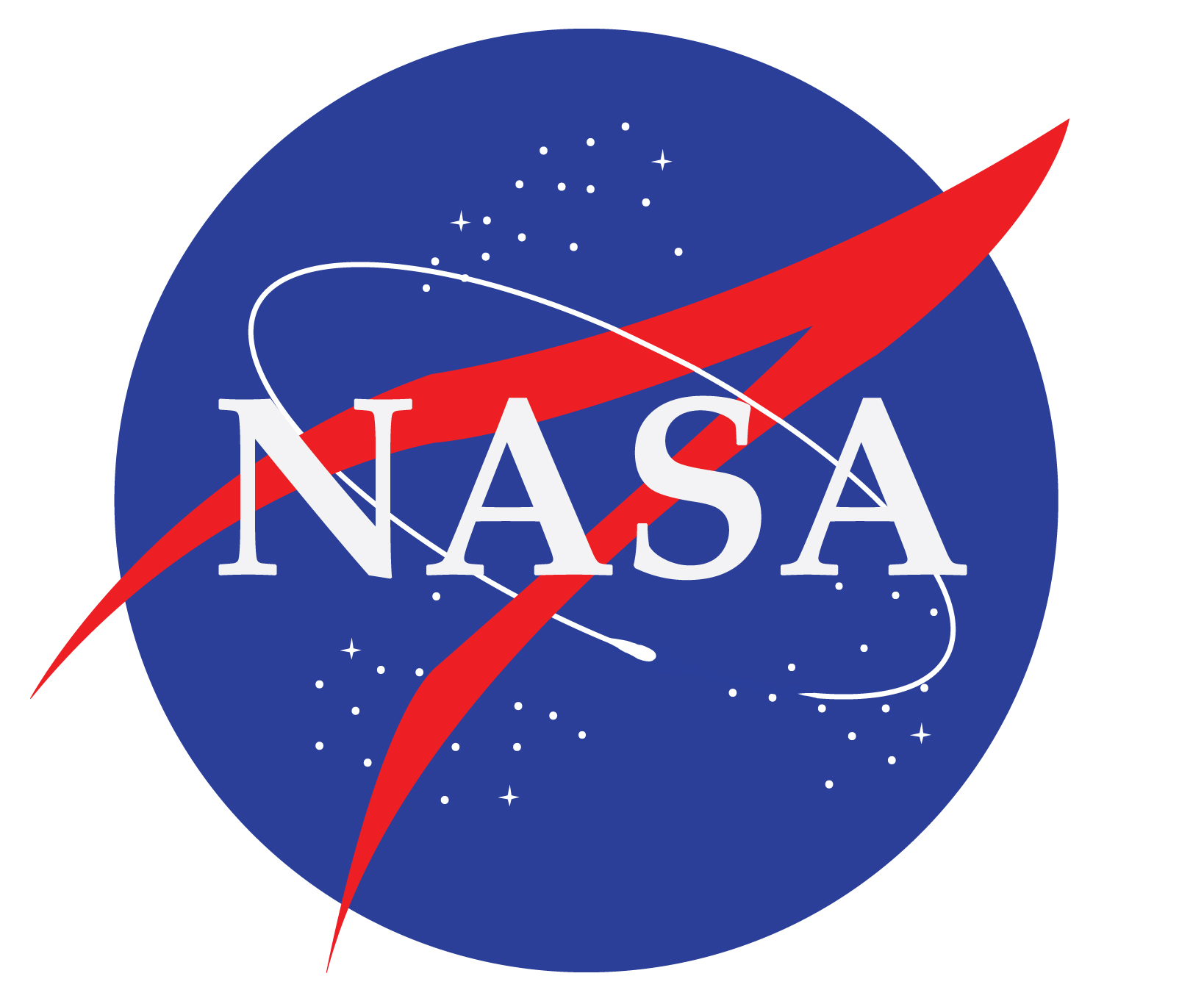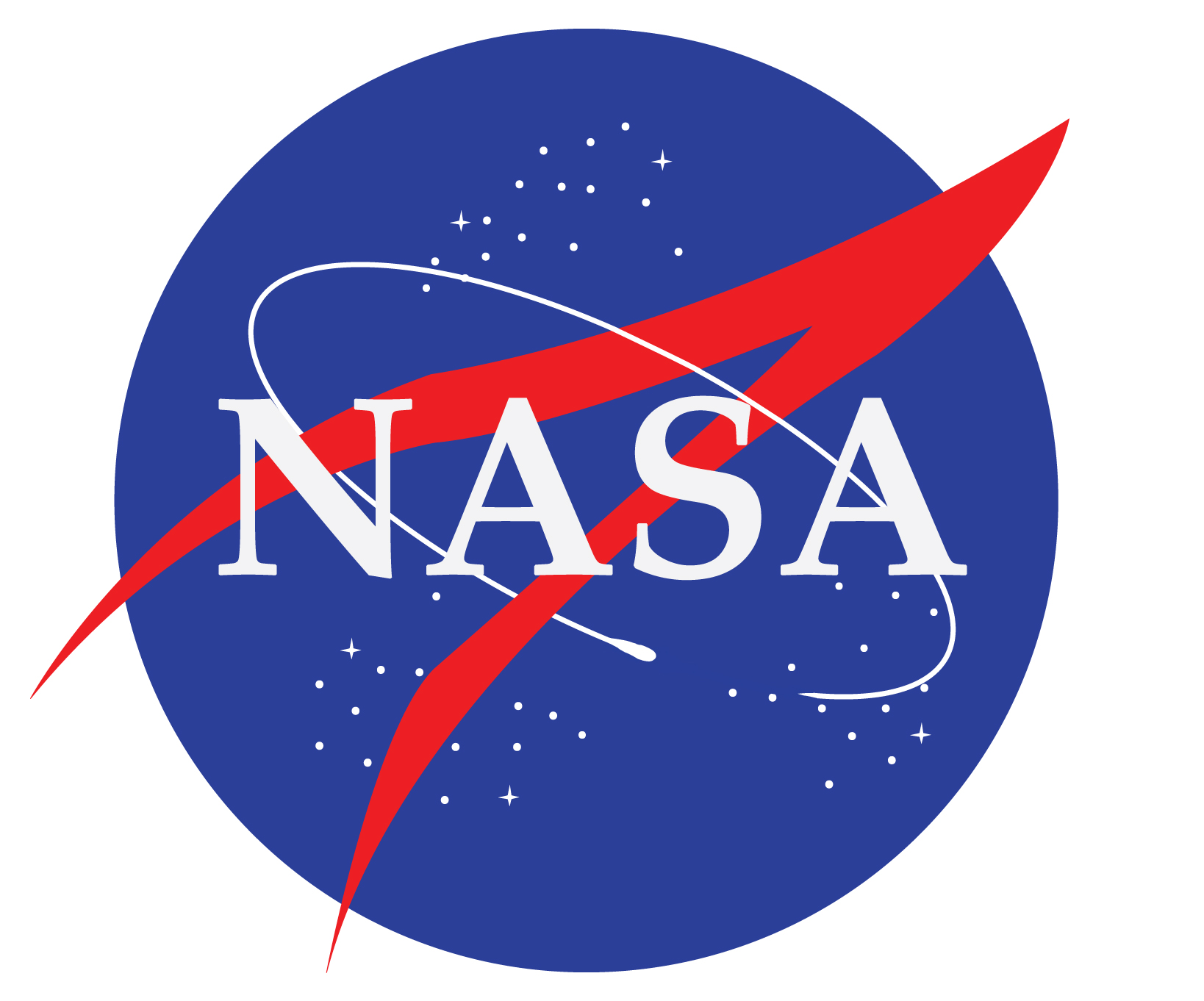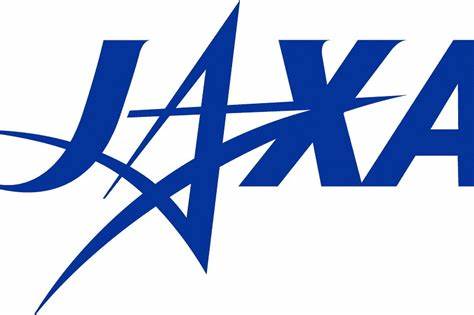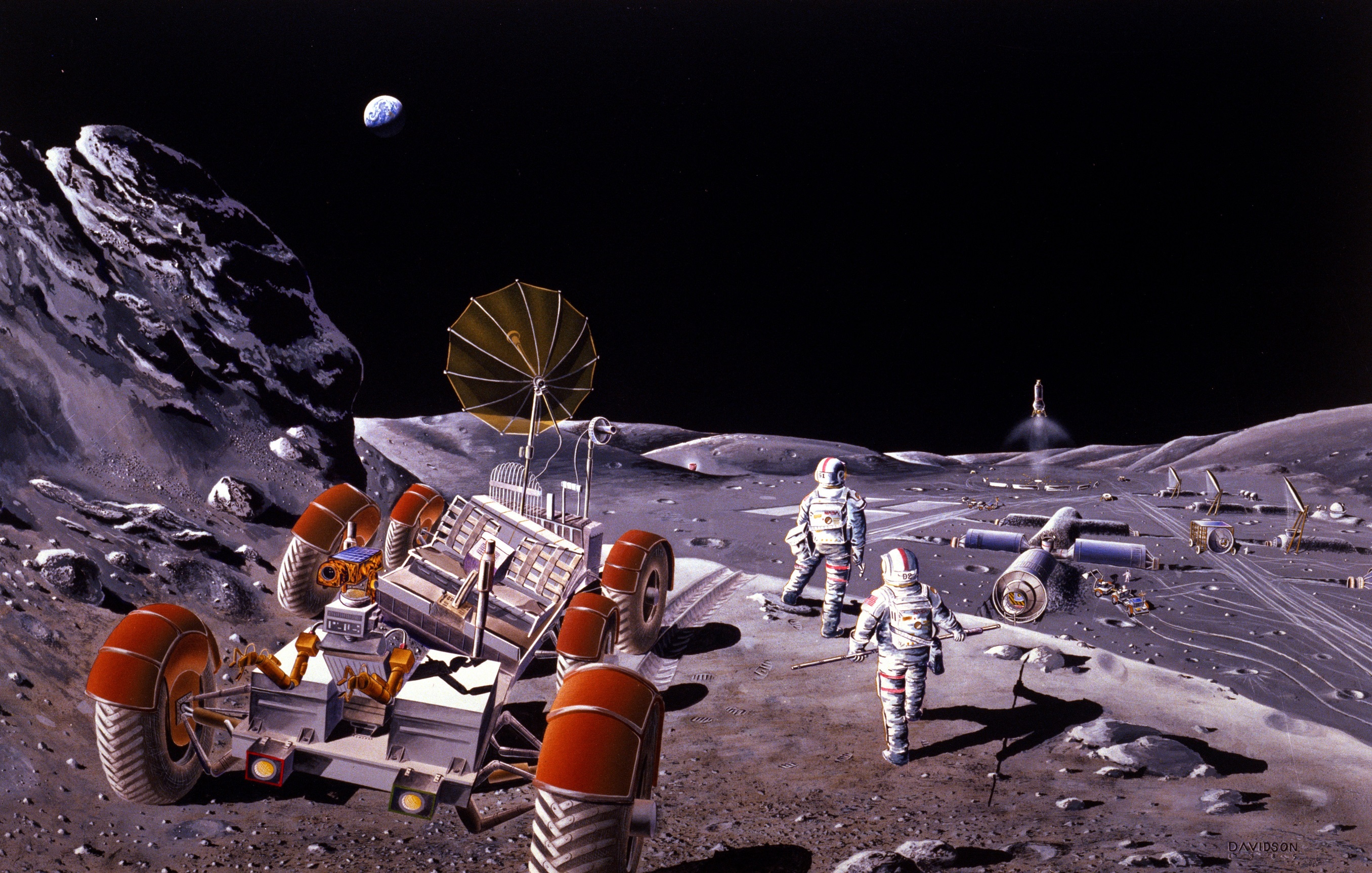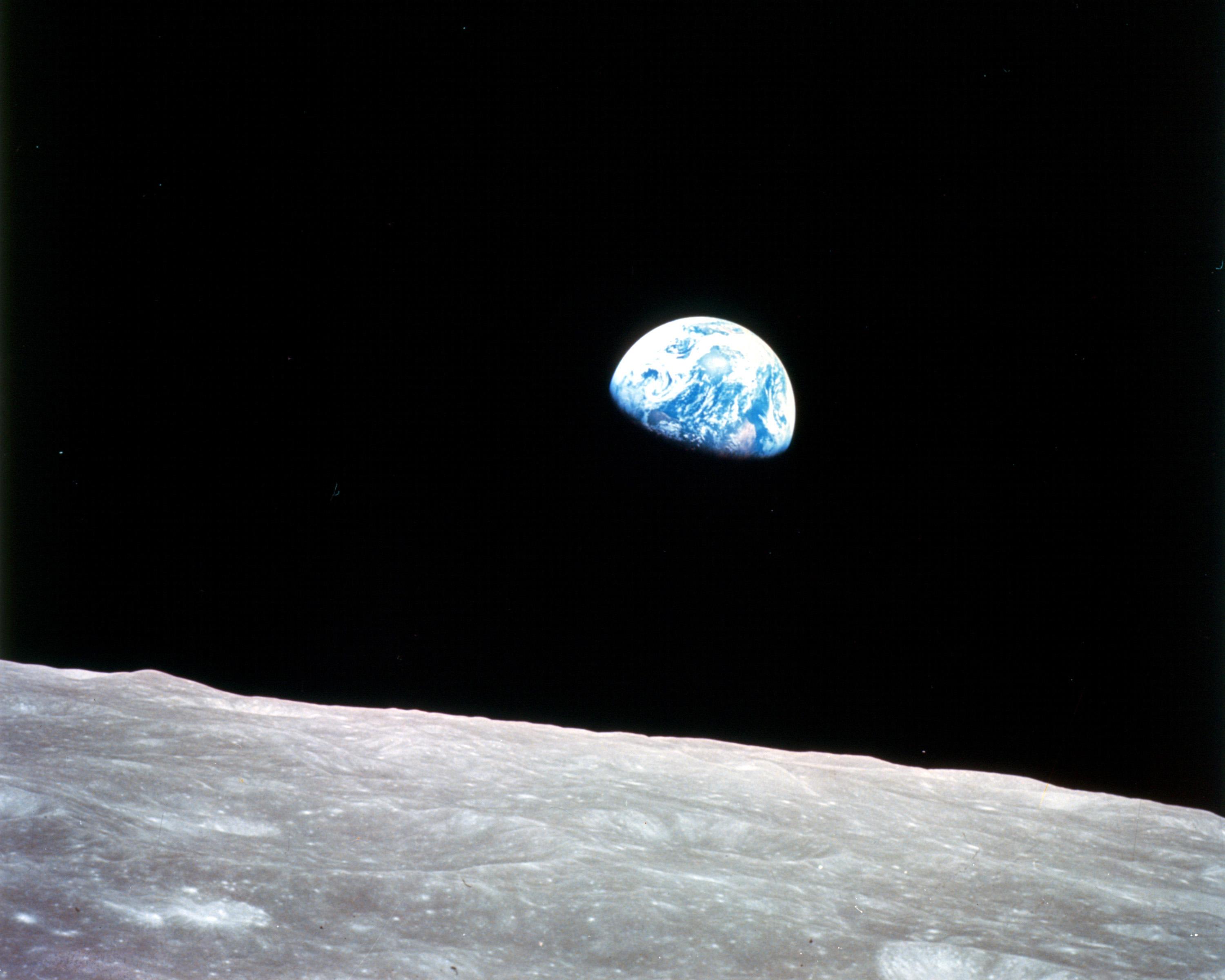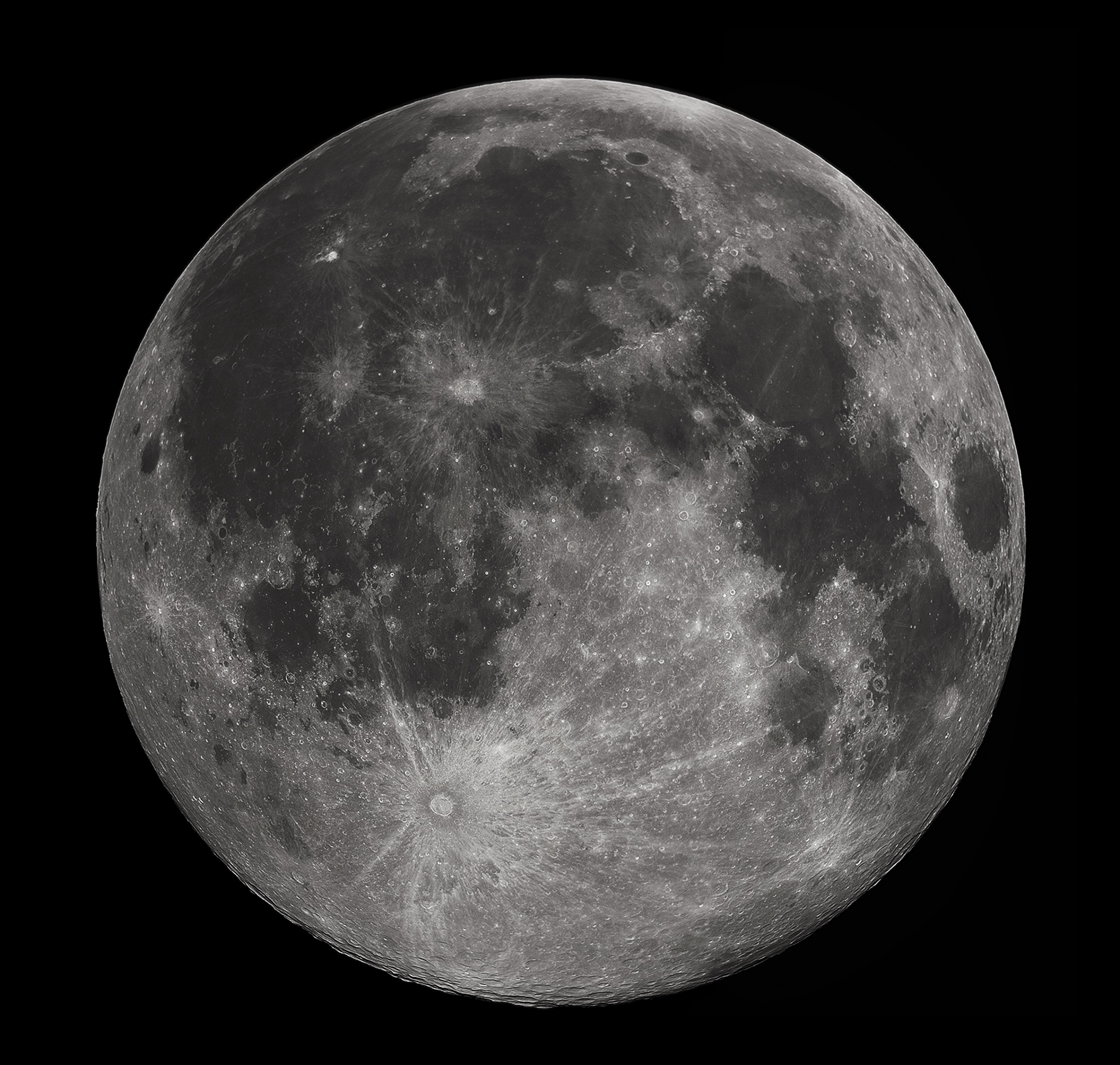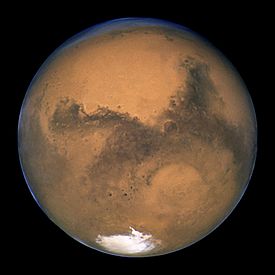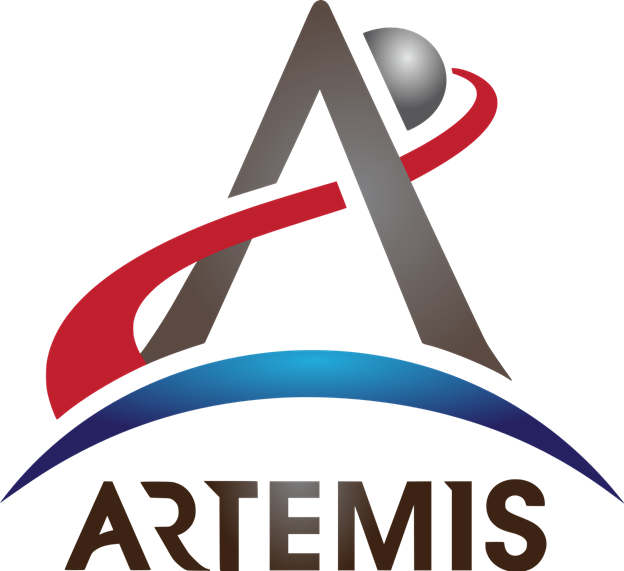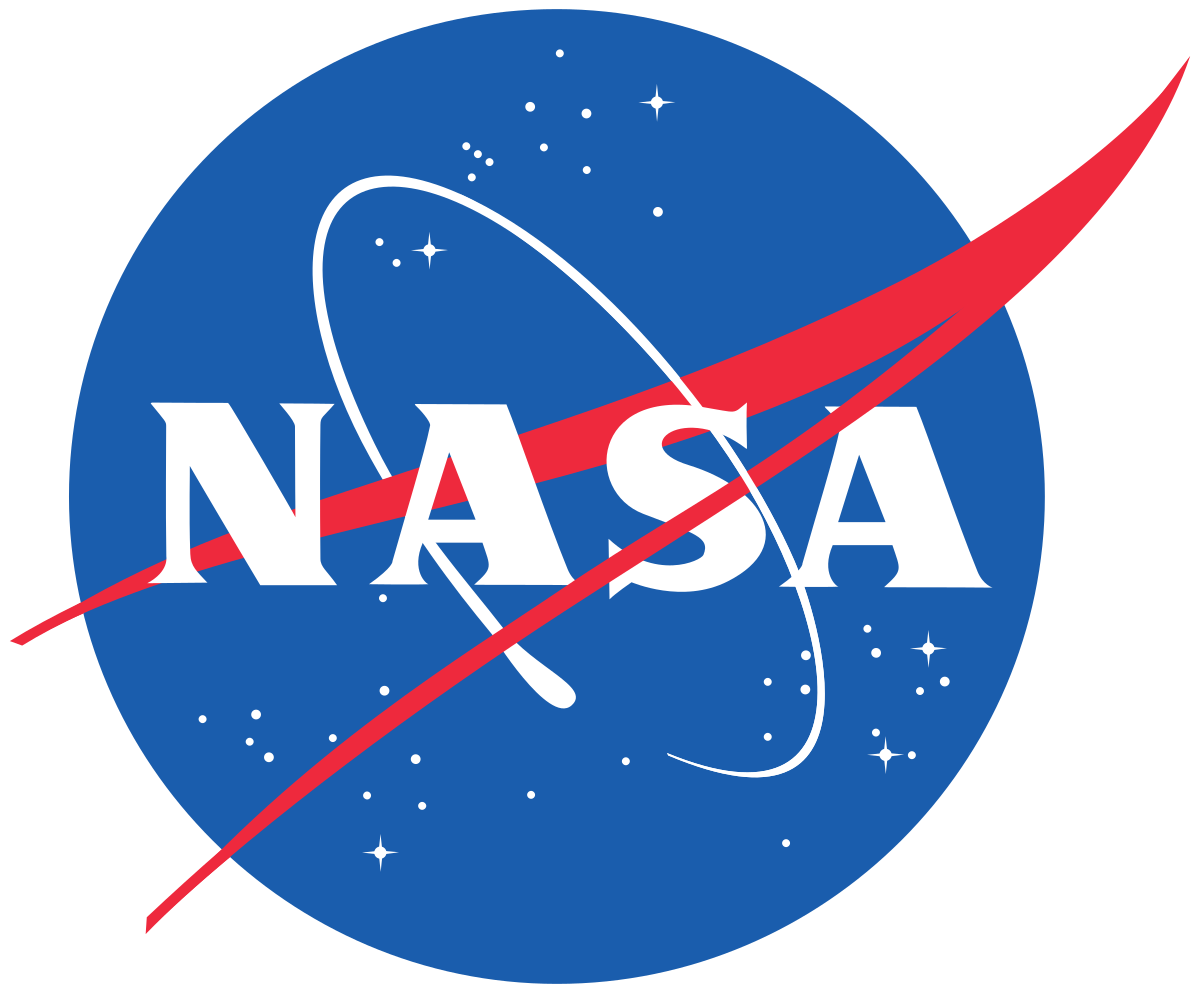Astroscale Is Developing A Space Junk Removal System
Space junk is a very real problem. It might seem implausible that the space around the Earth is actually getting too cluttered with junk, but, nonetheless, it is true. There are thousands of tons of old spacecraft, defunct satellites, and bits and pieces of manmade trash orbiting our planet. That material poses a some very real risks to future missions.

